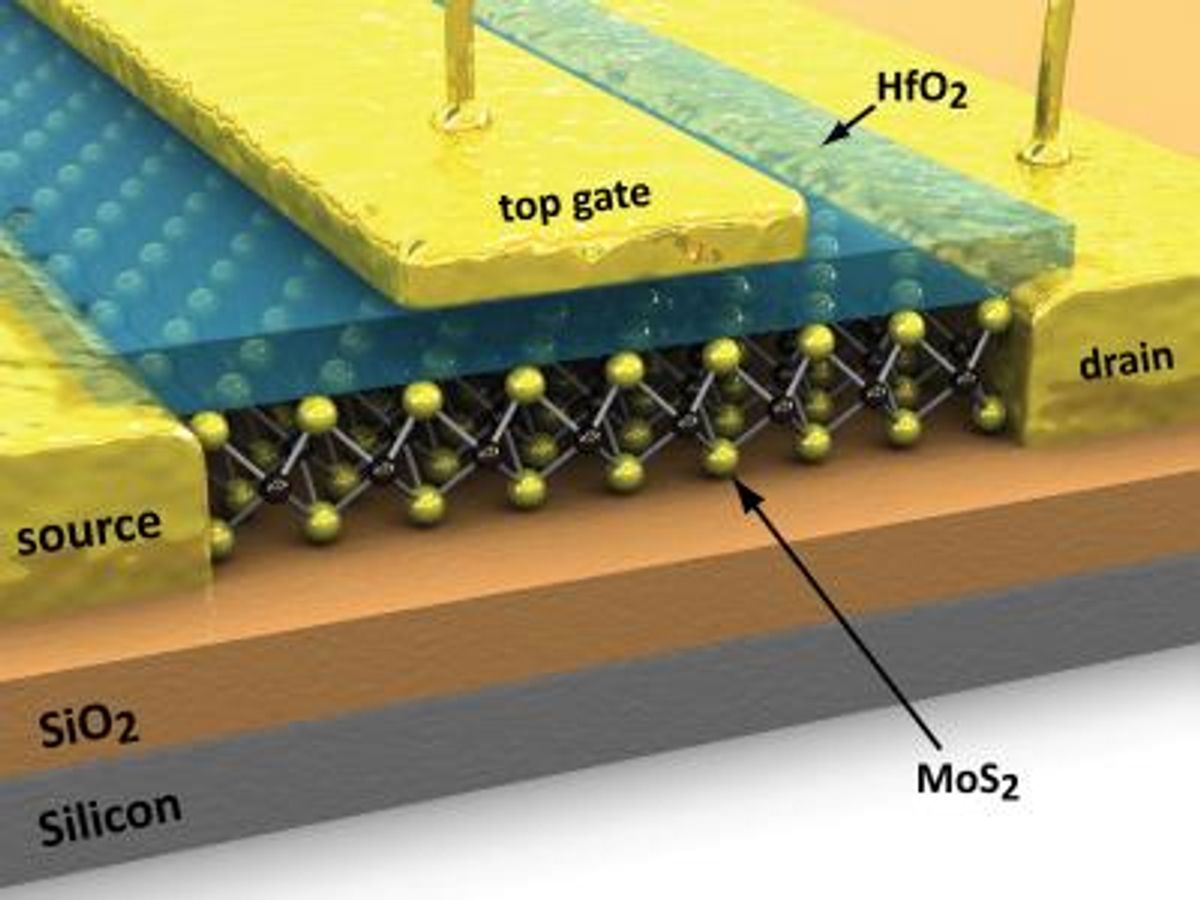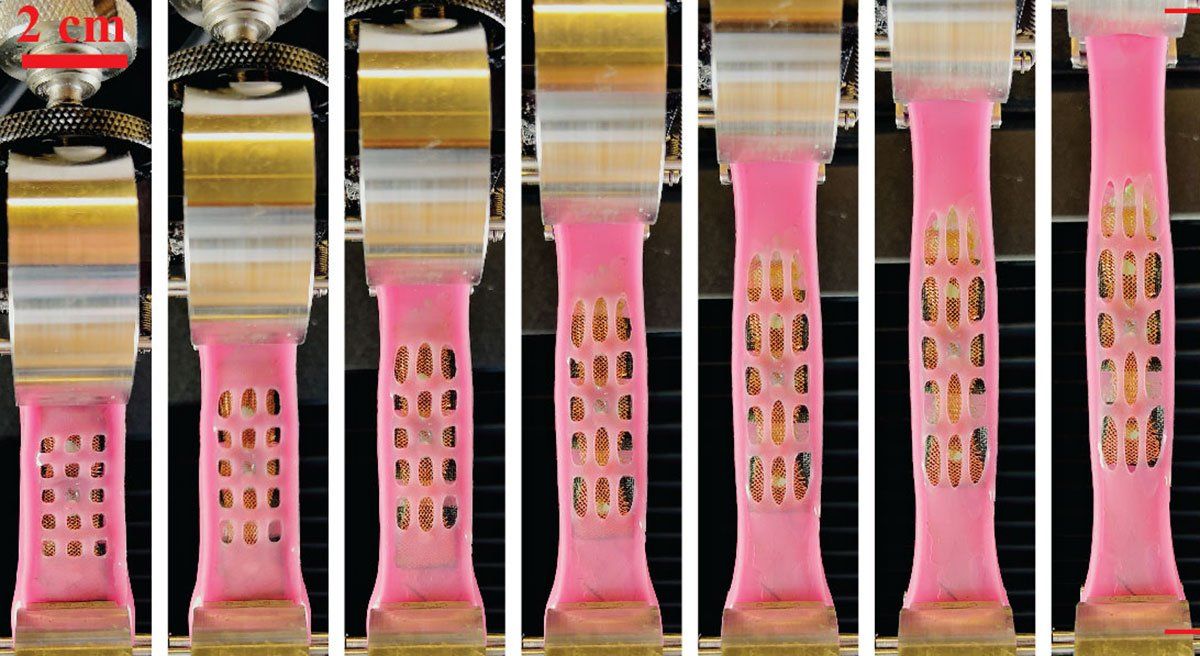Graphene is winning fans, awards and application possibilities seemingly daily. But the elephant in the room, if you will, when discussing graphene, is the problem of it lacking a band gap.
Huge strides have been made in overcoming that shortcoming, but let’s just say that not having a band gap in its nature is more than a small liability for graphene in electronic applications."It's a two-dimensional material, very thin and easy to use in nanotechnology. It has real potential in the fabrication of very small transistors, light-emitting diodes (LEDs) and solar cells," says EPFL Professor Andras Kis in an article that reports on the research.
The big advantage it has over graphene in the search for a replacement to silicon: it has a band gap. And when it comes to being better than silicon, the advantages are impressive.
"In a 0.65-nanometer-thick sheet of MoS2, the electrons can move around as easily as in a 2-nanometer-thick sheet of silicon," explains Kis. "But it's not currently possible to fabricate a sheet of silicon as thin as a monolayer sheet of MoS2."
The researchers also report that transistors made from molybdenite will use 100,000 times less energy in a standby state than traditional silicon transistors. As explained in the Nature abstract, molybdenite does not have to stand in competition with graphene, but could complement graphene “in applications that require thin transparent semiconductors, such as optoelectronics and energy harvesting.”Dexter Johnson
Dexter Johnson is a contributing editor at IEEE Spectrum, with a focus on nanotechnology.
The Conversation (0)



